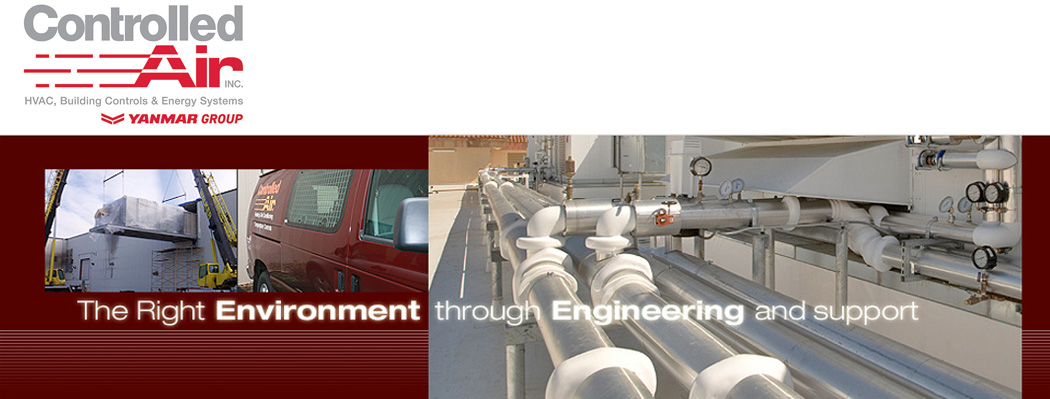Indoor Swimming Pool Indoor Air Quality
 When building an indoor swimming pool, air quality and humidity are often a second thought. But they make a big impact on electric bills and long-term structural health of a building. It is always important to consider humidity, ductwork, vapor barrier and the space above and around the pool when deciding on building design and equipment.
When building an indoor swimming pool, air quality and humidity are often a second thought. But they make a big impact on electric bills and long-term structural health of a building. It is always important to consider humidity, ductwork, vapor barrier and the space above and around the pool when deciding on building design and equipment.
Dehumidification is very important in a poolroom to prevent structural damage.
Exhaust fans are not enough to balance the humidity in the room and can also lead to escaping heat. In order to compensate for the escaping heat, the room and pool temperature will have to be set warmer, leading to higher electric bills and pool water evaporation. This is especially so in the winter. The initial cost of using exhaust fans rather then a dehumidification system is cheaper, but the long-term costs are higher.
A heat recovery system can be used in conjunction with exhaust fans and dehumidification systems for greater energy efficiency. The heated or cooled exhaust air, depending on the season, passes through either a heat wheel or air to air exchanger to temper the outdoor intake air. This pre-treats the incoming air, decreasing the total heating and cooling load.
Humidity is particularly an issue on the east coast. The fresh air from the ventilation will also be very humid. Therefore the humidity of the room will never reach an optimum level. Traditionally a poolroom should be kept at 50-60% relative humidity. Mid-summer in CT have humidity levels ranging from 60%-80% with 60% on the best of days.
Not only is having a dehumidification system important but the size of the system is equally significant. Factors such as the size of the room, water temperatures, and room occupancy, are all critical factors in the size of the system required. Too small of a system and there can be deterioration to structure in the poolroom and too large a system and there is extra costs that are not necessary.
Ductwork design and installation is also imperative to correct pool room integrity. Improper ductwork leads to less efficiency, reduced airflow, higher energy use, chemical evaporation and incorrect humidity. A poorly designed and installed duct system can restrict airflow. This restriction must be compensated for to maintain the comfort capabilities within the space. The restriction causes the compressor to operate at a reduced output capacity and lower efficiency. The distribution of the ductwork is important because it affects surface water evaporation; increased air velocity across the surface of the pool water will create greater evaporation, thereby increasing chemical and water cost.
Along with the dehumidification system a heating source is required. It is never a good idea to heat the poolroom with the heat from the pool. In order to reach the proper temperature in the room the pool will need to be kept at a higher temperature and will create greater evaporation, thereby increasing chemical and water cost.
The higher humidity and wet warm air leads to increased loads on the dehumidification system, higher operating costs, building damage, rust, corrosion, mold and mildew.
The equipment must also be located in an ideal space. An expensive dehumidification system will last longer and more efficiently if it is placed in a room away from the chemical and moisture of the pool and where it can get easily accessed for maintenance and service.
The type of building materials used will not compensate for the high humidity in the room. Warm air with Chlorine will eventually eat away, rust, or rot any material with time. It is important to have the appropriate equipment and design within the space. With a proper dehumidification system, ductwork, and heating/cooling you can achieve energy efficiency, structural stability, lower electric bills, and better overall air quality. If the above-mentioned items were not considered in the initial building, it is important to address them immediately. There is a higher cost in retrofitting the system to address these issues, but it will save energy and long-term costs.
Whether performing a retrofit or new building it is important to get an experienced and knowledgeable engineer to design the space, calculate energy usage, possible energy savings, cost and to determine the right equipment. Good engineering is about more then just designing equipment to work in the space. It is about making the best calculations to use the least amount of materials and have the best outcome. Getting the right sized equipment takes fine-tuned engineering and finite calculations. Each poolroom is its own unique space and must be evaluated as such. What works in one space, may not work in another. A properly designed retrofit will always save on energy costs after installation. It is possible for older facilities to have a savings of up to 50% on energy bills. Newer facilities with the best engineering can get the highest energy efficiency possible at the lowest cost with the longest structural integrity.
Furthermore engineering requires good communication with the installers. When everyone is involved with the process there is less room for error and better communication, which leads to a smooth installation process and the better quality.
To get the best quality, energy efficiency, and experience contact the Controlled Air, Inc. team. Our in house team of engineers and installation technicians will work together to provide a quality installation. We keep your pocketbook in mind while giving you the highest in energy efficiency.
